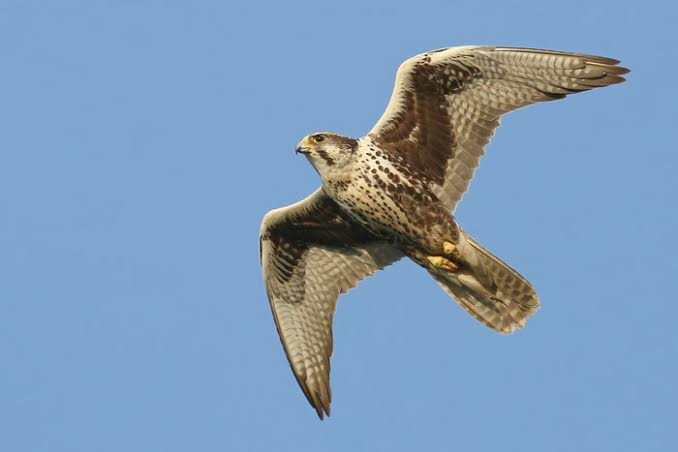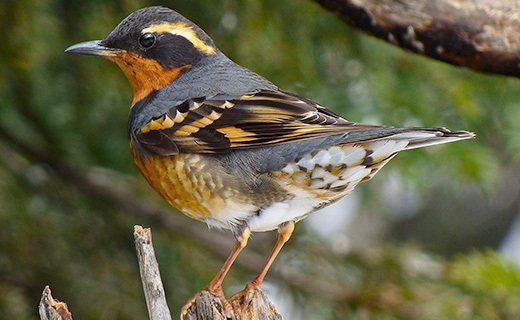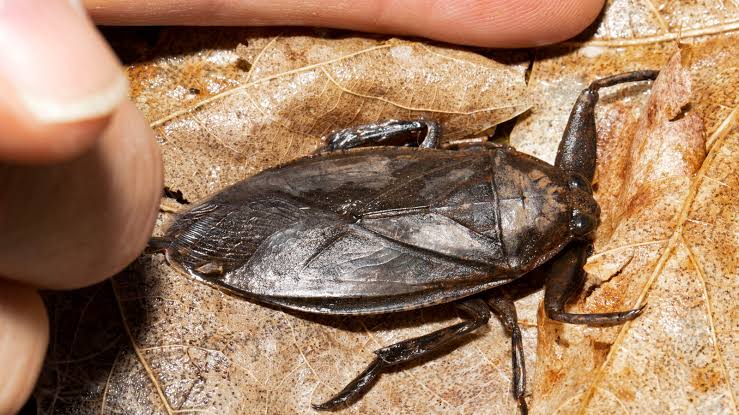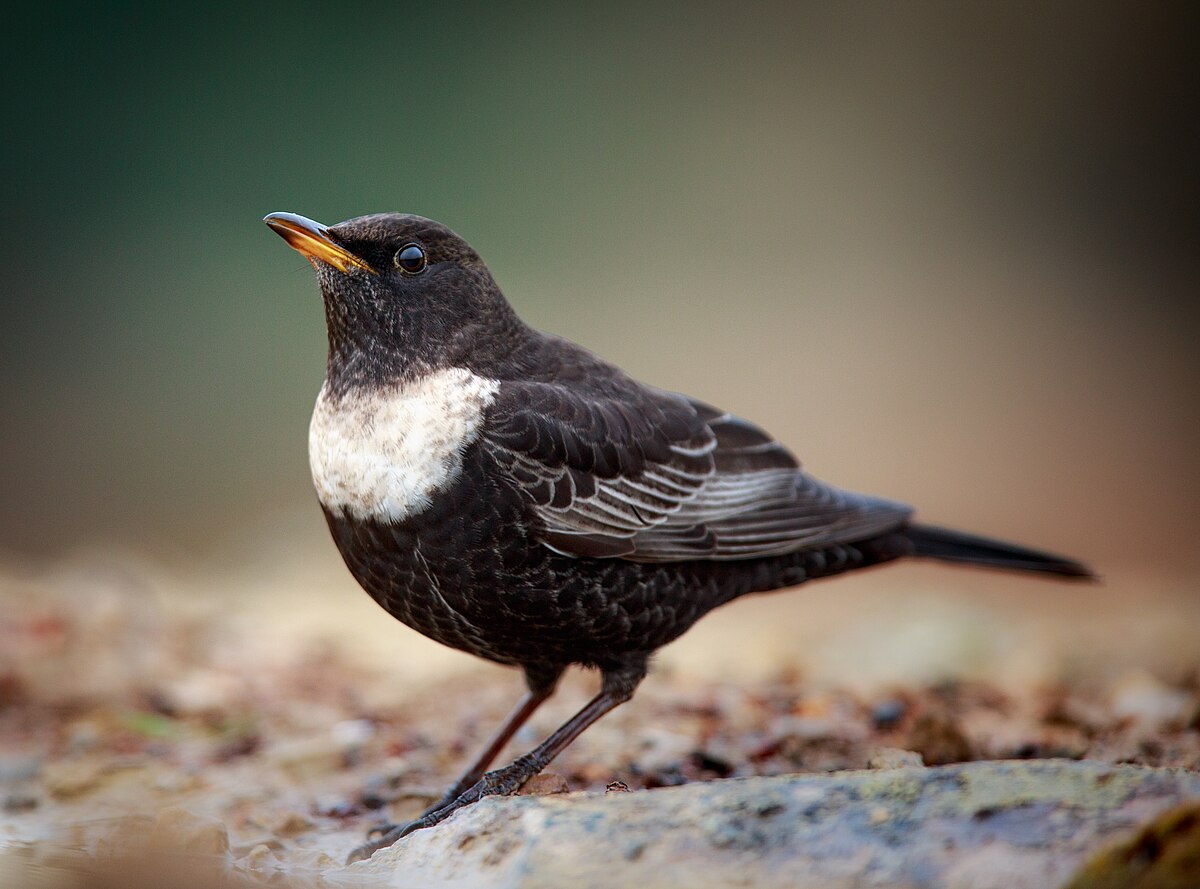cross-posted from: https://lemmygrad.ml/post/6767480
The macaroni penguin (* Eudyptes chrysolophus*) is a species of penguin found from the Subantarctic to the Antarctic Peninsula. Its face and upperparts are black and sharply delineated from the white underparts. Adults weigh on average 5.5 kg (12 lb) and are 70 cm (28 in) in length. The male and female are similar in appearance; the male is slightly larger and stronger with a relatively larger bill. Like all penguins, it is flightless, with a streamlined body and wings stiffened and flattened into flippers for a marine lifestyle.
Adult macaroni penguins typically begin to breed late in October, and lay their eggs in early November. In early November two eggs are laid and are incubated by both parents in long shifts, hatching in 33 to 37 days. The nest itself is a shallow scrape in the ground which may be lined with some pebbles, stones, or grass, or nestled in a clump of tussock grass. Young leave the nest to forage on their own and become fully independent about 11 weeks after they hatch. Female macaroni penguins become sexually mature at age five, whereas most males wait until age six to breed. The life span of the macaroni penguin ranges from 8 to 15 years.
Macaroni penguins live in rocky, water-bound areas, on rocks and cliffs above the ocean. Macaroni penguins are migratory and are rarely found near land during the non-breeding season. Macaroni penguins range from the Sub-Antarctic to the Antarctic peninsula, and can also be found in South Georgia Island, the Falkland Islands, and South Orkney Islands. They also live throughout the Antarctic Peninsula including the McDonald Islands, Marion Islands, Crozet Island, and Kerguelen Islands.
This penguin feeds mainly on krill, but will also eat other crustaceans, small fish, and squid. Macaroni penguins can travel over 185 miles (300 kilometers) to find a hunting site, diving an average of 65 to 100 feet (20-35 meters) in search of food, although they can dive as deep as 375 feet (115 meters). They usually forage during the day, diving for around 2 minutes at a time. Adult macaroni penguins are preyed upon by fur seals (Arctocephalus), leopard seals (Hydrurga leptonyx), and killer whales (Orcinus orca) at sea. On land, eggs and chicks may become food for predatory birds, including skuas (Catharacta), giant petrels (Macronectes giganteus), sheathbills (Chionis), and gulls.
Macaroni Penguin, as other Spheniscidae, has three main calls: the contact call, the display call used between the mates at the colony, and the alarm call when it is threatened. Here is a link so you can listen to them too!!!








Least violent isreali